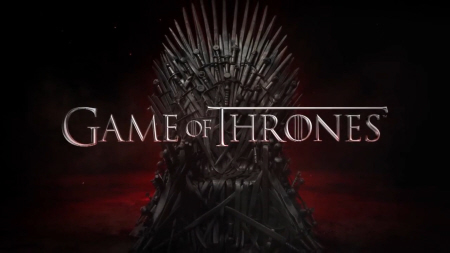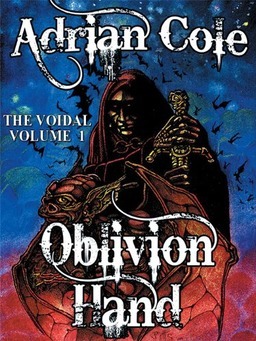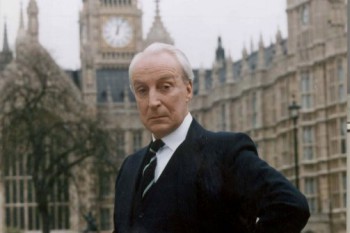The Top Five Differences Between HBO’s Game of Thrones and George R.R. Martin’s A Game of Thrones
 It’s rare a show comes along that leaves readers wondering whether the book or screen version is better.
It’s rare a show comes along that leaves readers wondering whether the book or screen version is better.
Generally speaking, film and television adaptations rarely live up to the complexity and depth of novels. In an effort to condense plot and keep things moving relatively quickly, and understandably, shows and films often act as the tip of the iceberg.
The original works, however, are more likely to reveal the underlying complexities (the rest of the iceberg, you might say) and true personalities of most of the characters. And, as expected, whole scenes are generally chopped from the film version due to lack of time.
So, of course, when a show like Game of Thrones comes along (the fourth season of which will be starting next week), that has some fans claiming the show is as good, perhaps even better, than George R.R. Martin’s A Game of Thrones, then we have no choice but to examine the merits of each.
In my opinion, the show lacks in several major areas. First: relationships.
 Two years ago, veteran author Mary Gentle’s most recent novel The Black Opera was published to mixed reviews. Some liked the book’s mix of alternate-history fantasy and comic-opera theatricality — as the sub-title has it, “a novel of Opera, Volcanoes, and the Mind of God.” Others,
Two years ago, veteran author Mary Gentle’s most recent novel The Black Opera was published to mixed reviews. Some liked the book’s mix of alternate-history fantasy and comic-opera theatricality — as the sub-title has it, “a novel of Opera, Volcanoes, and the Mind of God.” Others, 







